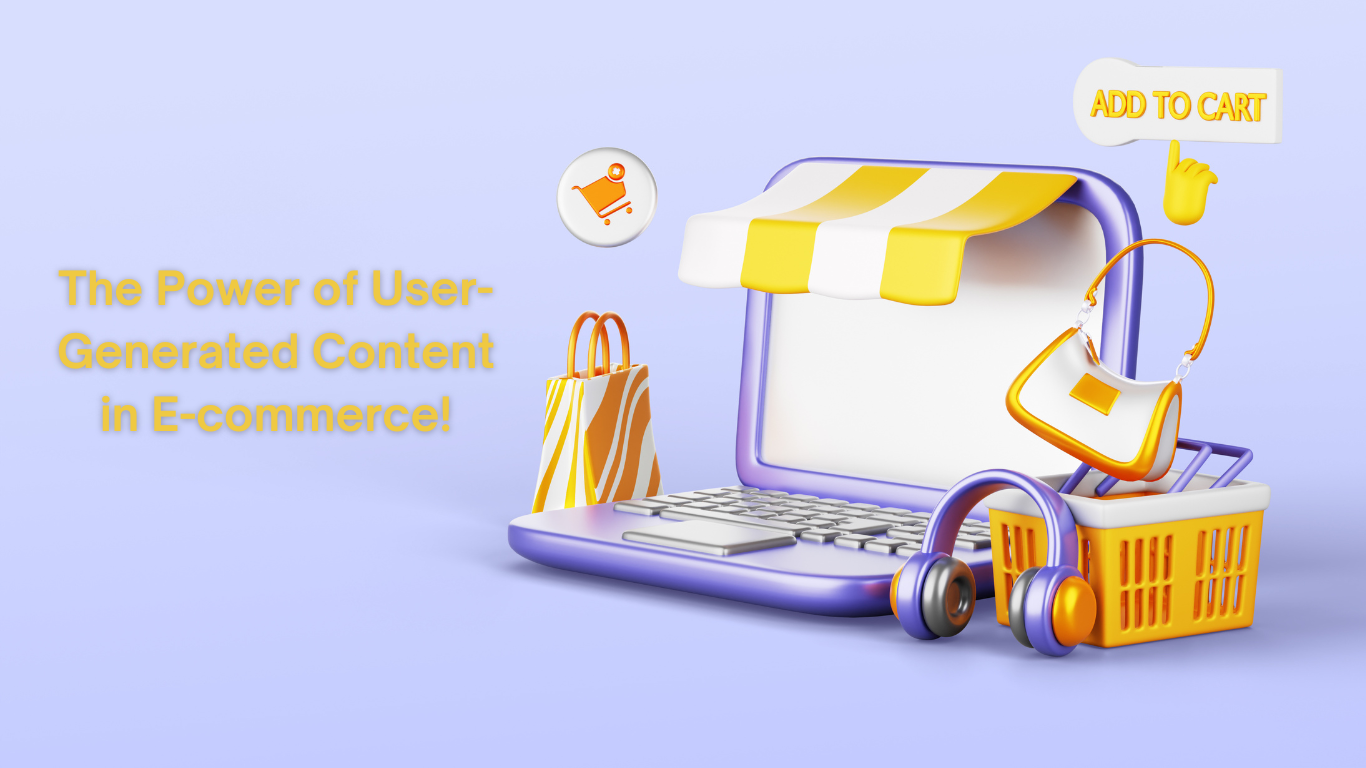In the highly competitive world of e-commerce, building trust, driving sales, and fostering a sense of community are critical for success. One of the most powerful tools in achieving these goals is user-generated content (UGC). UGC refers to any form of content—text, videos, images, reviews, etc.—created by customers or users of a brand, rather than the brand itself. From Instagram photos to customer reviews, UGC is increasingly influencing buying decisions and becoming a cornerstone of modern digital marketing strategies.
This article explores how user-generated content can transform your e-commerce business, focusing on three key areas: building trust, driving sales, and creating a loyal community around your brand.
1. Building Trust Through Authenticity
One of the most significant challenges in e-commerce is establishing trust with potential customers, especially in a marketplace filled with countless alternatives. UGC shines in this area because it offers something that brand-produced content often cannot: authenticity. Consumers tend to trust the opinions and experiences of fellow customers more than polished marketing messages. According to a study by Nielsen, 92% of consumers trust recommendations from others over branded content.
Example: The Power of Reviews
Amazon, the e-commerce giant, is a prime example of how user-generated reviews can build trust. Every product page on Amazon features a review section where customers can rate products and share their experiences. These reviews not only provide social proof but also act as an information source for potential buyers who want to know what others think about the product. By leveraging UGC in the form of reviews, Amazon creates an environment of trust that encourages conversions.
2. Driving Sales With Social Proof
UGC acts as powerful social proof, showing potential customers that real people are using and enjoying your products. This can be far more convincing than a traditional advertisement. Social proof taps into the psychological principle that people are more likely to follow the actions of others, especially when making purchasing decisions. When potential customers see UGC from other shoppers, it influences their buying behavior and reduces hesitations.
Example: Glossier’s Community-Driven Success
Beauty brand Glossier has built a billion-dollar business by focusing on its community and leveraging UGC. The brand encourages customers to share photos of themselves using Glossier products on social media with the hashtag #Glossier. These images are then showcased on the brand’s website and social channels. By featuring real customers rather than professional models, Glossier provides authentic proof that its products are loved by people in the real world. This strategy has played a significant role in driving sales and creating a sense of belonging among Glossier fans.
3. Building Community Around Your Brand
Beyond driving sales and building trust, UGC fosters a sense of community among your customers. When people see their content being shared by a brand, it creates a deeper connection and makes them feel like part of a larger movement. This engagement can turn one-time buyers into loyal brand advocates who consistently promote your products to their followers.
Example: Coca-Cola’s “Share a Coke” Campaign
Coca-Cola’s “Share a Coke” campaign is a classic example of UGC that helped build community. The campaign involved printing common names on Coca-Cola bottles and encouraging customers to share photos of themselves with their personalized bottles on social media using the hashtag #ShareaCoke. The result was an explosion of UGC, with thousands of people sharing their Coke moments and interacting with the brand. Not only did the campaign drive sales, but it also created a sense of connection and community among Coca-Cola drinkers around the world.
How to Encourage and Leverage UGC in Your E-commerce Strategy
To fully harness the power of UGC, e-commerce brands need to actively encourage and curate user-generated content. Here are a few strategies to get started:
- Incentivize Content Creation: Offer discounts, giveaways, or the chance to be featured on your website or social media channels in exchange for customer-generated content. These incentives encourage customers to share their experiences with your products.
- Create a Branded Hashtag: Develop a memorable and unique hashtag for customers to use when sharing their content. This helps you track and collect UGC while also boosting brand visibility across social platforms.
- Highlight UGC Across Channels: Showcase user-generated content on your product pages, in email campaigns, and across your social media channels. Featuring real customers helps potential buyers connect with your brand on a more personal level.
- Engage With Your Community: Don’t just collect UGC—engage with the creators! Comment, like, and share their posts to show appreciation. This interaction deepens their relationship with your brand and encourages others to participate.
Conclusion
User-generated content is more than just a buzzword in the world of e-commerce. It is a powerful tool that can significantly boost trust, drive sales, and build a loyal community around your brand. By encouraging and strategically leveraging UGC, you not only enhance your marketing efforts but also create a more authentic and engaging shopping experience for your customers. Whether through reviews, social media posts, or customer stories, UGC has the potential to transform your brand’s online presence and foster long-term success in the competitive e-commerce landscape.
